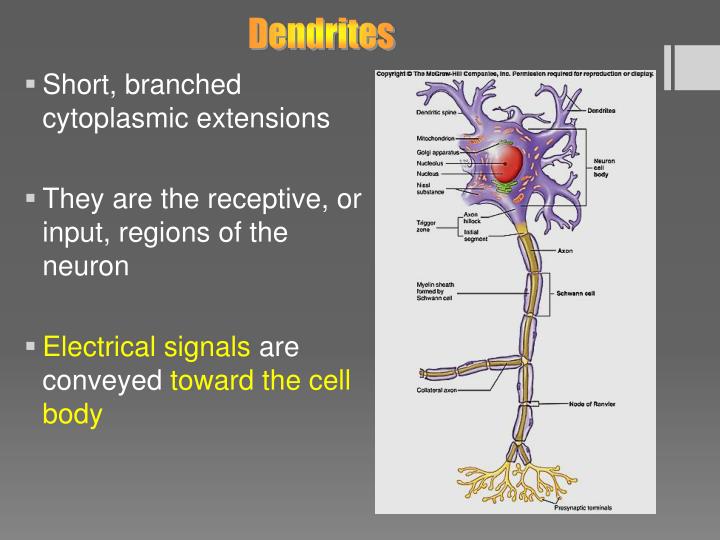

In this study, thermodynamic relations for phase transformations together with thermophysical relations were used, in order to see if such changings could explain the differences between the experimental results. The truth must be found in the atomic structure in itself, such as a change in the binding energy or in the vibrations of the atoms. However, it was found that the formation of lattice defects could not explain the difference in the experimental results between samples processed on earth and during microgravity conditions. Experiments presented and performed in two PhD-thesis ( Dahlström, 1999 Magnusson, 2006) investigated if the defects formed in the structure during solidification could explain the observed differences. Those experiments showed that the crystals grown under microgravity conditions had a much lesser fraction of lattice defects. Furthermore, in the space experiment, a lower solidification undercooling and the composition in the crystals had changed despite the same experimental conditions.ĭuring the Apollo missions, the astronauts performed some crystal growth experiments ( Naumann and Herring, 1980). Later experiments showed that this is a result of a change in the latent heat ( Dahlström, 1999 Fredriksson et al., 2001 Fredriksson, 2015). During that time, it was not easy to accept and explain. One among many was changes in the solidification time ( Carlberg et al., 1978 Carlberg, 1979). However, a number of differences were observed in those early experiments. (1995) in their careful studies about dendritic growth in transparent materials under microgravity conditions. This was used in the analysis of dendritic growth under reduced gravity by Glicksman et al. The researcher wanted to explain this as a result of a decrease in natural convection. In the first rocket flight experiments about the solidification of metals, it was observed that the coarseness of the structure was changed with gravity ( Carlberg et al., 1978). The aim to study the solidification of metals at reduced gravity was to analyze the effect of convection during the solidification process ( Fredriksson, 1975). Since the early days, those crystals have been extensively investigated ( Grignon, 1775). Metals and their alloys mostly solidify by the formation of dendritic crystals. The decrease in binding energy for liquids is larger than for solids. The explanation for this is given by a decrease in the binding energy between the atoms with decreasing gravity. The analysis highlights that the atom’s vibration increases with decreasing gravity especially, the amplitude will increase. Furthermore, the increase in the coarseness of the structure is explained as an increase in the atom’s vibration. The changes in the solubility are a result of an increase in heat of fusion of the alloying element. The increase in the latent heat results from an increase in the vibration of atoms in the liquid. The change in the melting point was found to be a result of an increase in the vibrational amplitude of the atoms in the solid. Kinetic, thermodynamic, and thermophysical relations were used to analyze those values. The differences in the measured quantities between experiments performed in space and on earth were calculated and are presented in this article. Experimental results are presented and analyzed in order to find a unified theoretical understanding. The latent heat and the solubility of alloying elements in solids are changed. The coarseness of the structure and the solidification temperature increase. The solidification of metal alloys under low gravity conditions mainly deviates in four physical properties compared with samples solidified on earth. KTH (Royal Institute of Technology), Stockholm, Sweden.


 0 kommentar(er)
0 kommentar(er)
